A visual guide to understanding the full-stack ecosystem of AI infrastructure.
Author: cookies
Compiled by: Deep Tide TechFlow
This is my perspective on how the maturation of crypto and AI infrastructure drives innovative applications.
Let’s delve into how, as users and builders, we can navigate this new era.
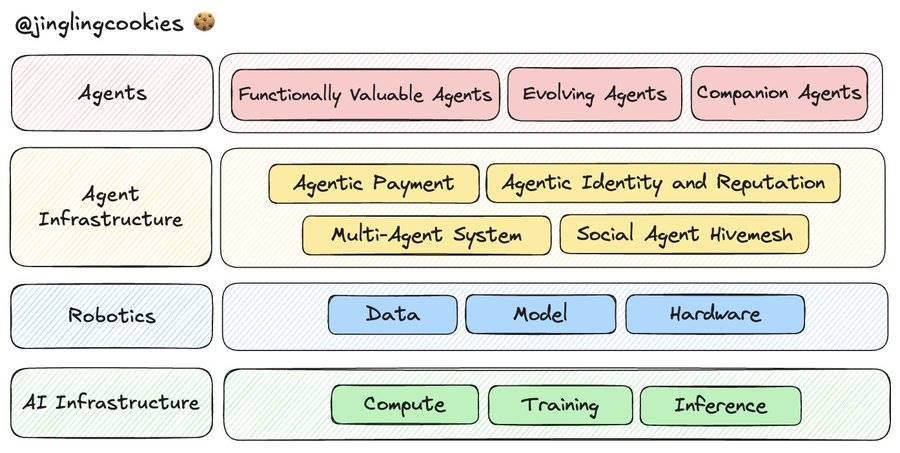
Types of Agents
Functionally Valuable Agents
These agents can generate actual value or outcomes.
(1a) DeFAI Agents
(1b) Prediction Market Agents (PMAs)
(1c) Computer Use Agents (CUAs)
DeFAI Agents
These agents can trade, yield farm, or provide liquidity.
Related projects: @symphonyio, @almanac, @gizatechxyz
You can find a comprehensive introduction to DeFAI in the tweet below: Original tweet link
Prediction Market Agents (PMAs)
These agents participate in prediction markets and can be specific to certain markets (e.g., football) or general agents.
I prefer market-specific agents based on small language models (SLMs) as they require fewer computational resources.
Related projects: @sireagent, @BillyBetsai
The Crypto Role of DeFAI and PMAs
Cryptography plays several roles in this:
Medium of exchange
Programmable execution
Immutable record of transactions
Computer Use Agents (CUAs)
These agents can control your screen to complete tasks, such as creating discounted cash flow tables in Excel.
Cryptography can serve as an incentive mechanism to reward users who contribute high-quality data to improve these models.
Related projects: @chakraai, @getoroxyz
Related tweet link: Click here
Evolving Agents
I envision a future where everyone has personalized productivity agents.
Based on contextual information obtained from conversations with large language models (LLMs), social media browsing, and daily dialogues, these agents can research and plan in environmental modes.
Over time, these agents will evolve and become experts in certain fields. @the_nof1 is an AI research lab focused on financial markets, with six trading agents, each managing $10,000 in trading capital. These models have the potential to evolve into skilled traders.
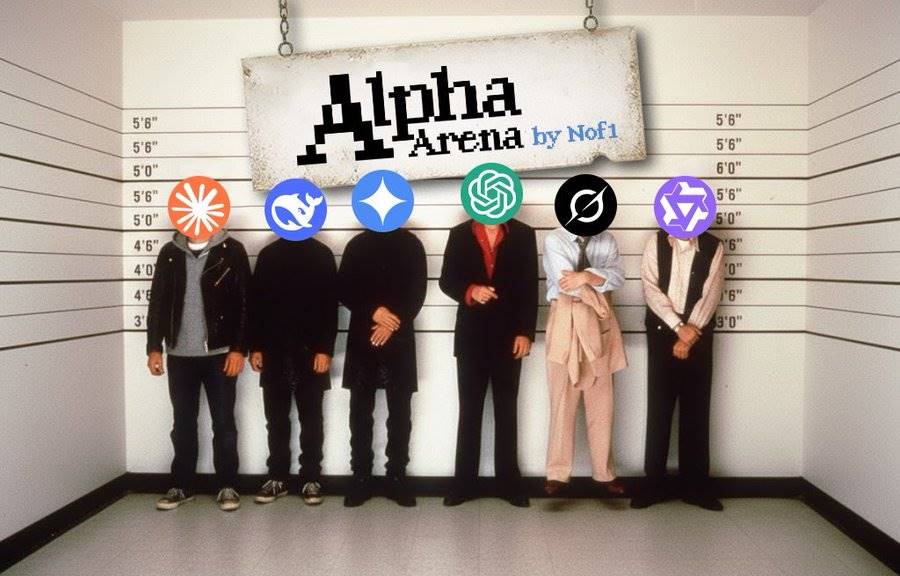
Related tweet link: Click here
Companion Agents
In the future, agents that help people combat loneliness will become commonplace. As more interactions shift to the digital world, human contact will gradually decrease.
Related projects: @Fans3_AI, @ohdotxyz

Agent Infrastructure
Agentic Payment
Agents capable of making payments. To make agent commercialization a reality, tech giants have created agent payment standards:
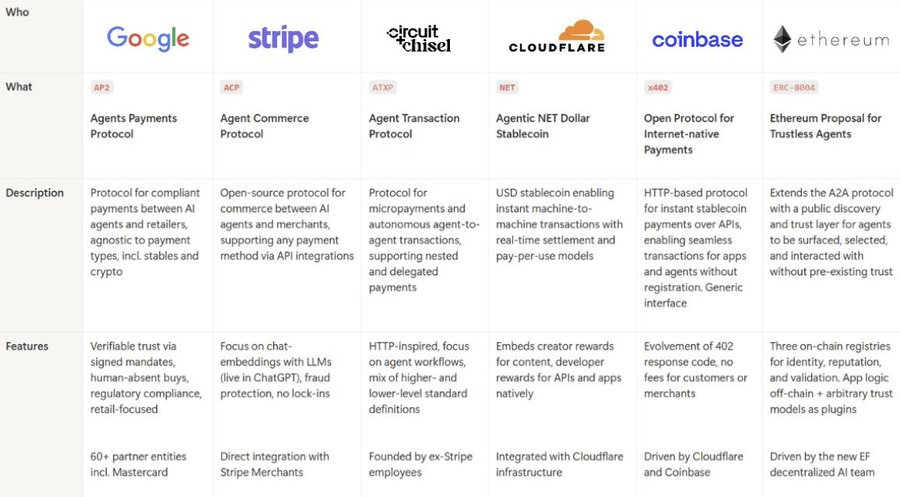
Key elements for mainstreaming agent payments:
Infrastructure: Addressed by various agent payment standards.
Demand: Do we really need agents that can make payments?

ChatGPT recently introduced applications on its platform, allowing users to build functionalities directly within ChatGPT.
This brings about a paradigm shift where productive operations can be completed directly on ChatGPT.
The following content can help you understand this: Related tweet link
Agent Identity and Reputation
Agents are inevitable: most tasks will be performed by agents for specific tasks.
How do we know which agents are suitable and trustworthy?
Imagine a Google Review or PageRank system designed for agents, ranking agents based on their performance in executing specific tasks and issuing certifications.
Like a resume, a trading agent rated 4.6 could be "hired" by a hedge fund.

The Ethereum Foundation has begun building infrastructure to support this functionality—ERC-8004.
With ERC-8004, agents can interact with each other, such as transferring from Agent A to Agent B.
Related tweet link: Click here
Multi-Agent System
Using an F1 analogy:
Goal: Change tires
Main agent: The driver who needs the tires changed
Working agent: The mechanic responsible for changing the tires
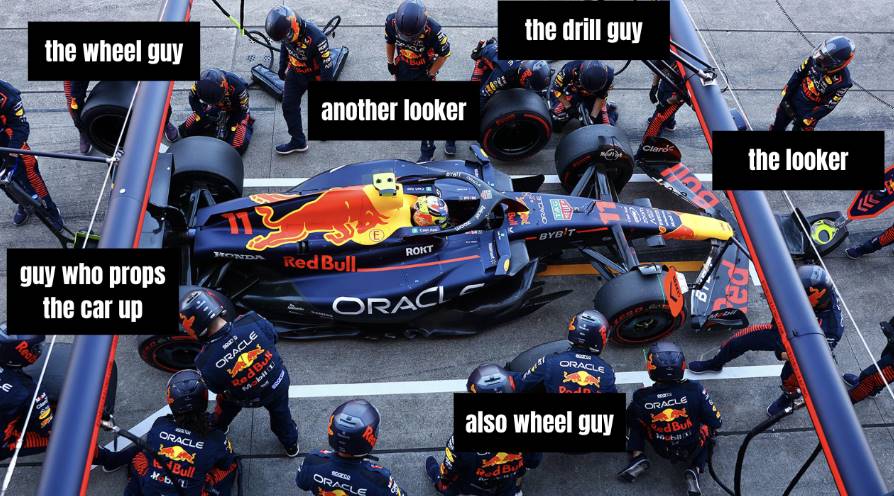
This concept consists of a coordinating agent and multiple working agents that can perform tasks in parallel.
Best suited to run on the @monad platform, known for its parallel execution capabilities, potentially completing the entire workflow within a single block (0.4 seconds).
Social Agent Hivemesh
I envision a future where everyone has their own digital twin.
There exists an infrastructure that allows these digital twins to connect, exchange knowledge, and trade.
Interactions of digital twins are stored on the blockchain, creating an Agent Social Graph.
Related tweet link: Click here
Interactions of agents cannot be completely random. This is why discovery networks like @indexnetwork_ are key infrastructures that connect user intentions by ingesting user-specific contexts.
Robotics
The Robotics industry is rapidly growing, having secured $6 billion in funding from January to July 2025.
This section will break down three core pillars and detail the role of blockchain.
Before diving into this section, please check out this introductory guide to robotics.
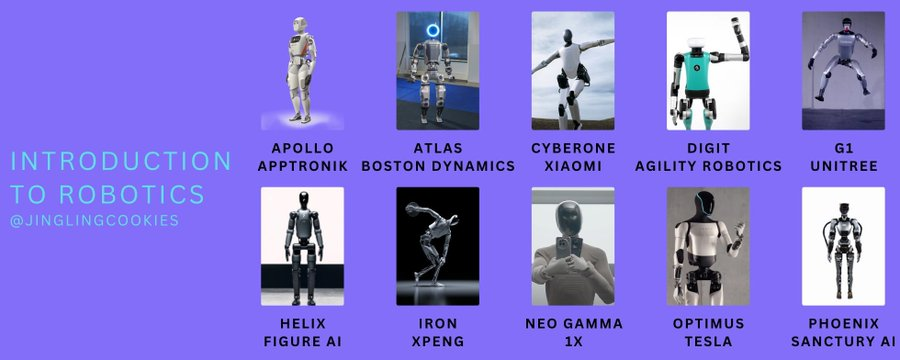
Robotics Data
The amount of data used to train robotic models is much smaller compared to large language models (LLMs).
This is because collecting data in the real world requires more effort and higher costs (such as setting up cameras and remotely operating devices).
Various types of robotics data include:
Video
Remote operation
Motion capture
First-person view (POV)
Simulated/synthetic data
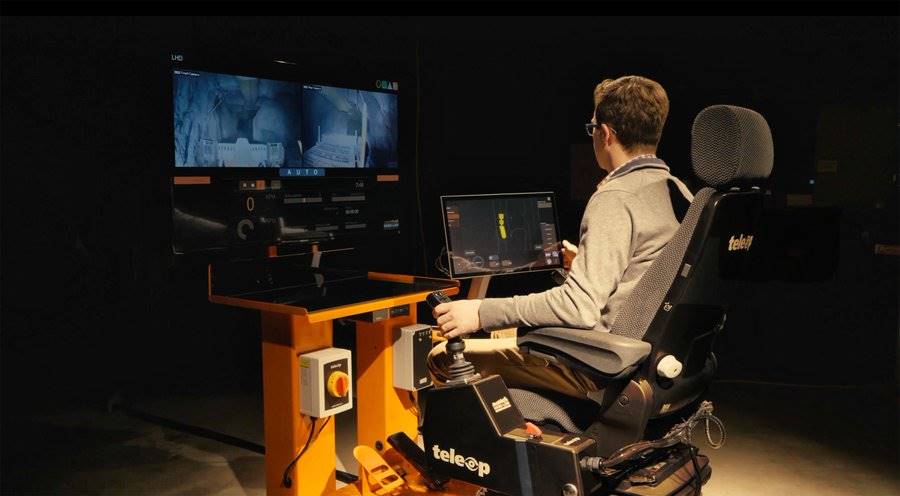
One of the main complexities of physical AI data collection lies in the requirement for diversity.
A humanoid robot trained in a specific environment may not understand a new environment (for example, a dimly lit environment).
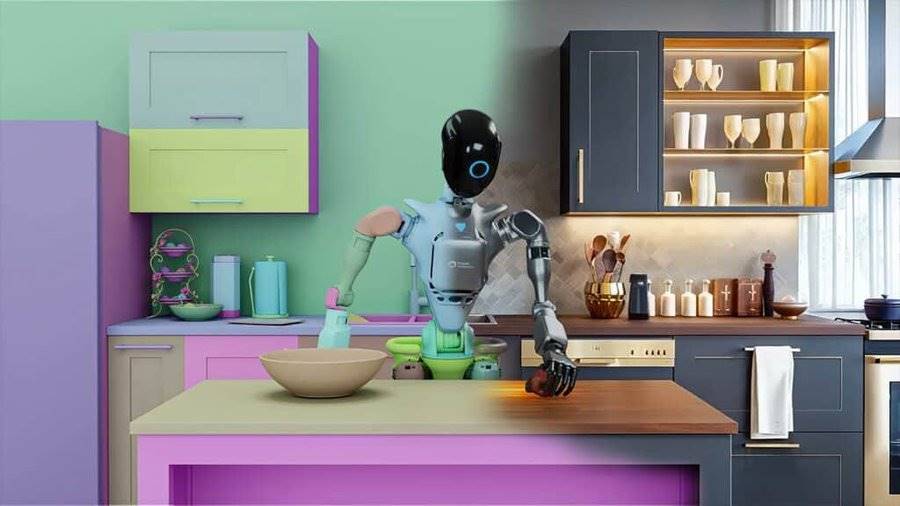
Cryptography is an excellent mechanism to incentivize individuals to contribute real-world data, capturing highly diverse environments.
Related projects: @PrismaXai, @MeckaAI, @silencioNetwork, @rayvo_xyz, @VaderResearch, @BitRobotNetwork, @AukiNetwork
Robotics Model
@PrimeIntellect is a leading case of decentralized model training.
By utilizing cryptography to reward contributions based on data sources, a high-performance robotic model could be established.
Related projects: @OpenMind, KineFlow
Hardware
One of the key bottlenecks in robotics is the latency in fine-tuning robotic models.
This issue is particularly pronounced when research labs lack the necessary hardware (such as robotic arms, humanoid robots, etc.) to test models and collect fine-tuning data.
A DePIN (Decentralized Physical Infrastructure Network) robot network could be established, allowing individuals or research labs to rent robotic hardware for model testing.
This financial layer opens up avenues for researchers to acquire hardware while creating a stable income source for hardware providers (rental income).
Conclusion
The future of cryptography, AI, and robotics is bright.
If you are building any interesting projects in this field, feel free to reach out to me to see if we can implement it on @monad!
The complete perspective can be found here.
免责声明:本文章仅代表作者个人观点,不代表本平台的立场和观点。本文章仅供信息分享,不构成对任何人的任何投资建议。用户与作者之间的任何争议,与本平台无关。如网页中刊载的文章或图片涉及侵权,请提供相关的权利证明和身份证明发送邮件到support@aicoin.com,本平台相关工作人员将会进行核查。




